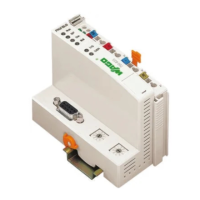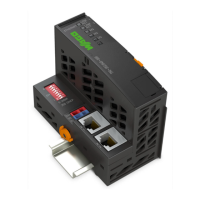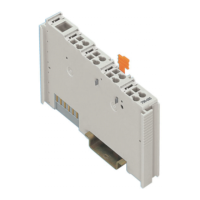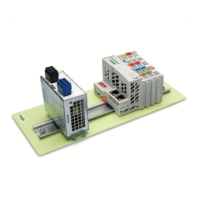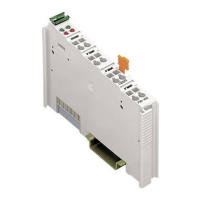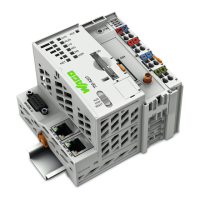110 • Step-by-Step Guide to your own Linux Application
File System and Linux Kernel Update
WAGO-I/O-SYSTEM 750
Linux Fieldbus Coupler
5.10 File System and Linux Kernel Update
If you do not want to update a single program but the entire file system or the
Linux kernel, this is possible using TFTP. The make parameters romfs or
image create image files which are copied into the Linux coupler via TFTP.
In order that the file system and the Linux kernel can be updated, the user
needs to have access rights for the /tftpboot output directory in the root
directory:
> su
Password
> mkdir /tftpboot
> chmod 777 /tftpboot
To create new image files, use the following call:
> cd ~/uclinux-dist
> make romfs image
To restore the Linux coupler default values, use the image files of the Bord
Spport Package (BSP).
The image files jffs2.img and linux.flashme are created in the /tftpboot
directory. The image files are transferred to the Linux fieldbus coupler via
TFTP. For that purpose, you have to set up and start a TFTP server, which has
/tftpboot as a base directory, on the development computer. The boot loader
(U-Boot) on the Linux coupler provides a TFTP client. It is controlled via a
separate console. To open the console, enter the password geheim during the
Linux coupler start-up. The boot process is aborted and the Linux fieldbus
coupler opens the boot loader communication interface. You can use the
update-kernel and update-rootfs macros for the update.

